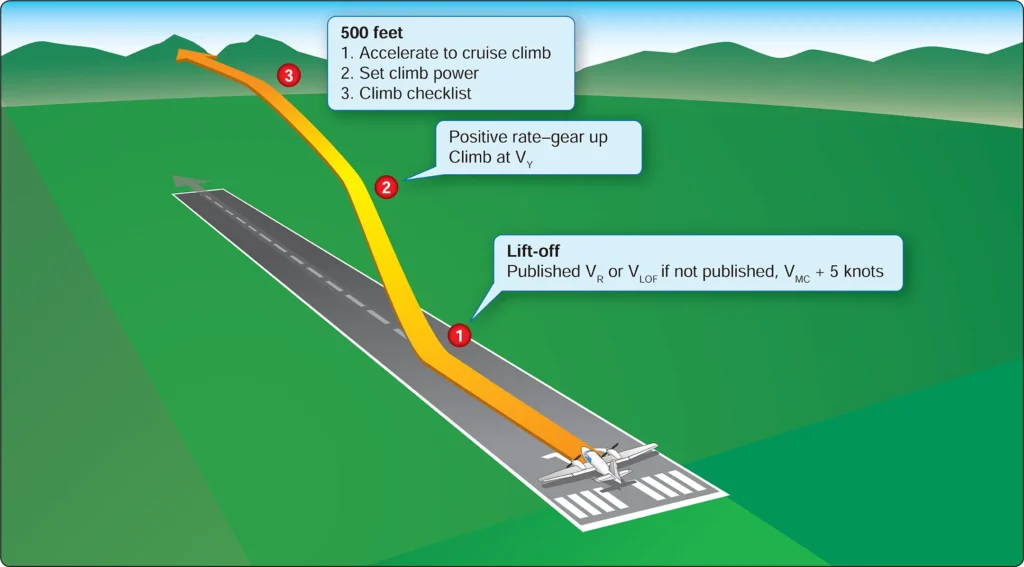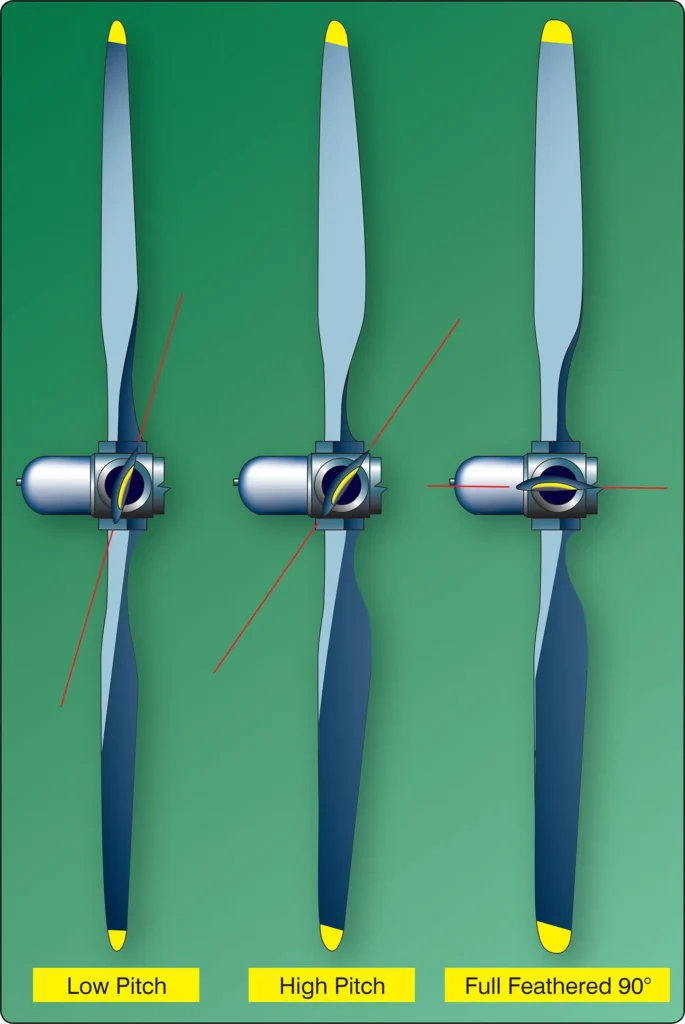Multiengine Airplane Normal and Crosswind Takeoff and Climb
Airplane Flying, Flying TrainingAfter completing the before takeoff checklist and pre-takeoff safety brief, and after receiving an air traffic control (ATC) clearance (if applicable), the pilot should check for approaching aircraft and line up on the runway centerline. If departing from an airport without an operating control tower, the pilot should listen on the appropriate frequency, make a […]
Multiengine Airplane Normal and Crosswind Takeoff and Climb Read Post »




